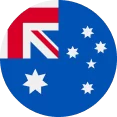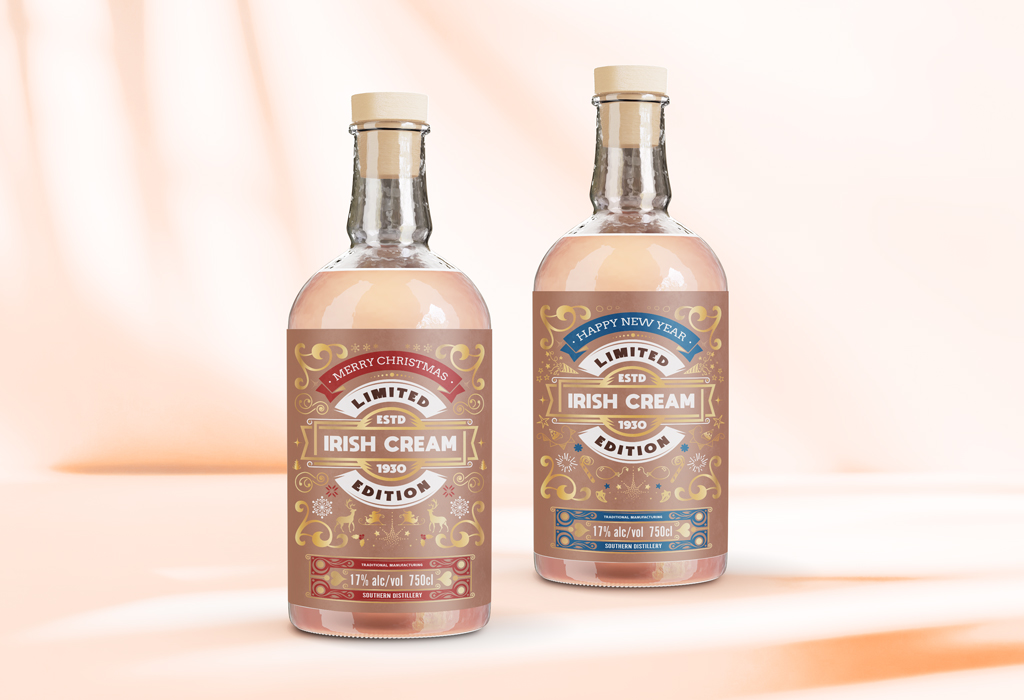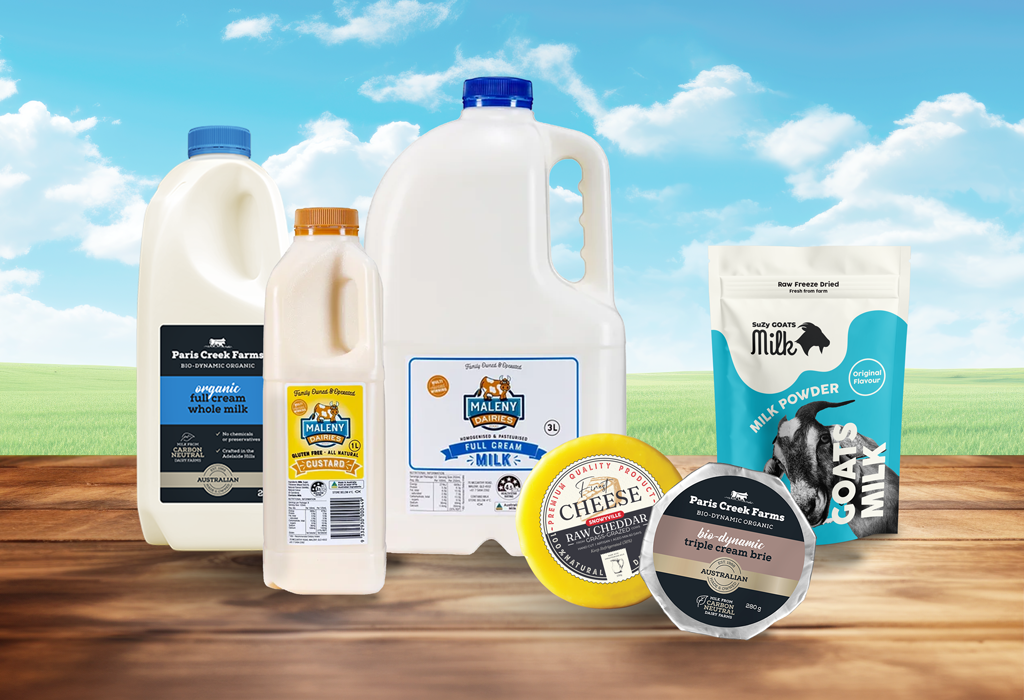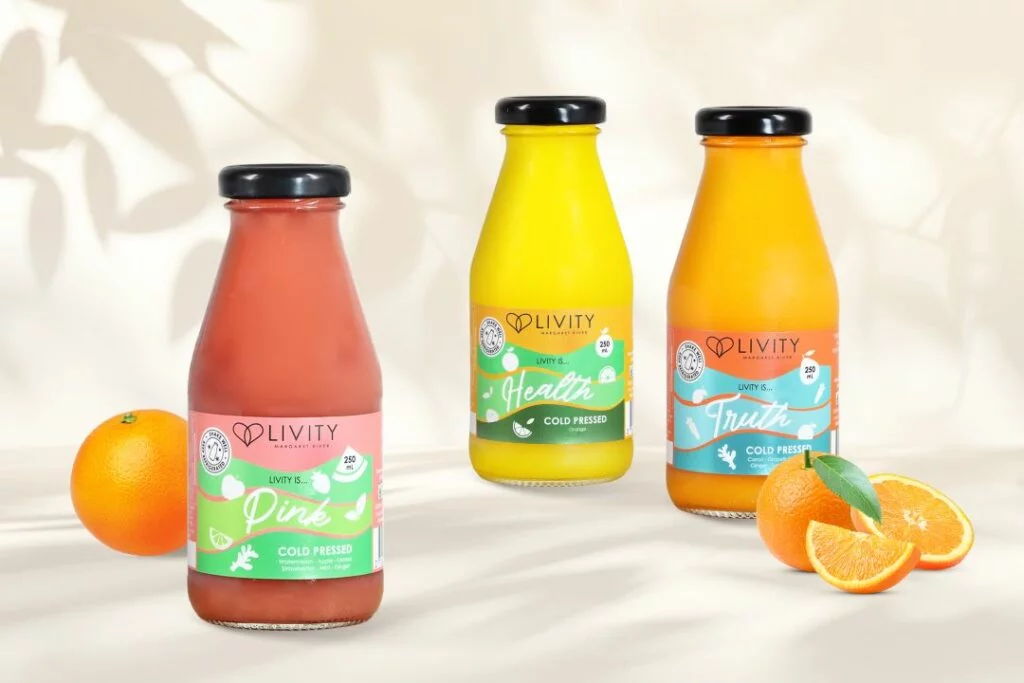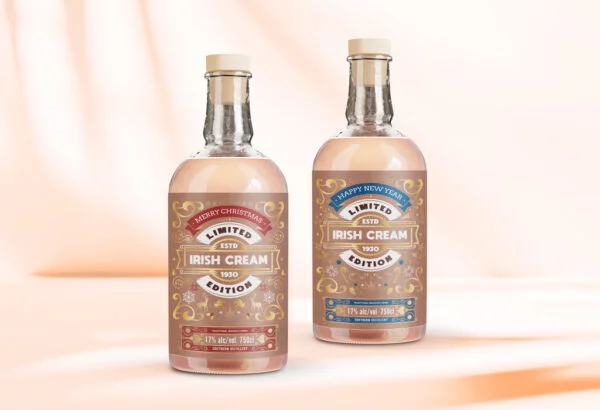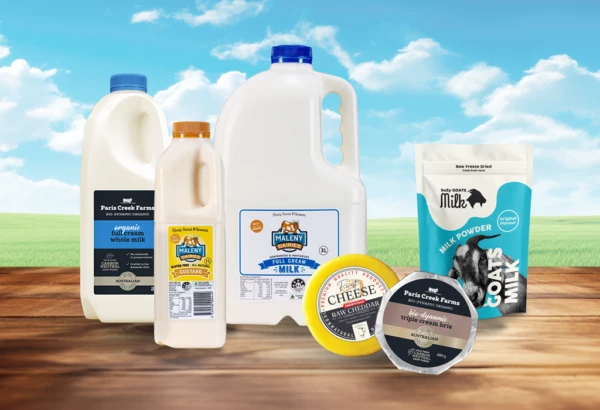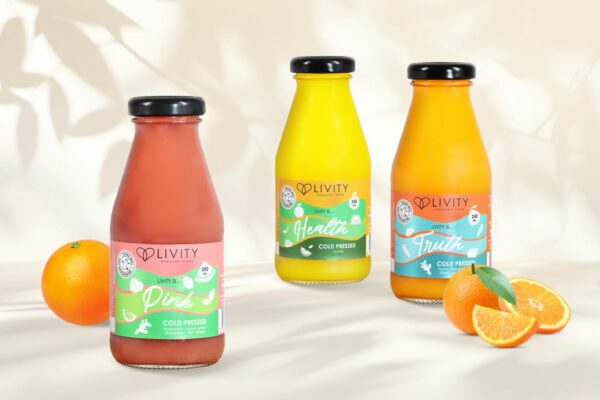The backing material (or liner) for a label is usually coated with a silicon layer on the upper side (closest to the label stock adhesive) to allow the face stock to release from the backing as it is applied to the end product.
The sticker backing material choice may matter depending on whether you require clarity or visibility through the backing (such as when overprinting) or the strength needed for particular types of machine applicators.
Backing materials come in 3 main types: Glassine, Kraft or Filmic.
How Is Glassine Backing Paper Used For Labels?
General purpose uncoated transparent backing paper.
Comes in a range of colour and weight variations (though usually white, yellow or a faint blue).
Used for labels being overprinted as sensors can detect gaps between labels.
What is Kraft Backing Material For Labels?
Coated on one side and used when extra stiffness is required.
Comes in a variety of weights and colours (white and brown).
Used for sheeted or A4 laser labels as it maintains good rigidity when fed through laser and ink-jet printers and copiers.
When Is Filmic Backing Used In Labels?
Comes in either clear polyester (PET) or polypropylene (PP).
Used when the backing needs to be clear and very strong for high speed applicators.
Key Takeaway:
Label backing materials are essential for label application, with the choice between Glassine, Kraft, or Filmic backings depending on clarity, rigidity, and strength needs.
The three main types of backing materials for labels are Glassine, Kraft, and Filmic, each offering unique properties for various labeling applications.

